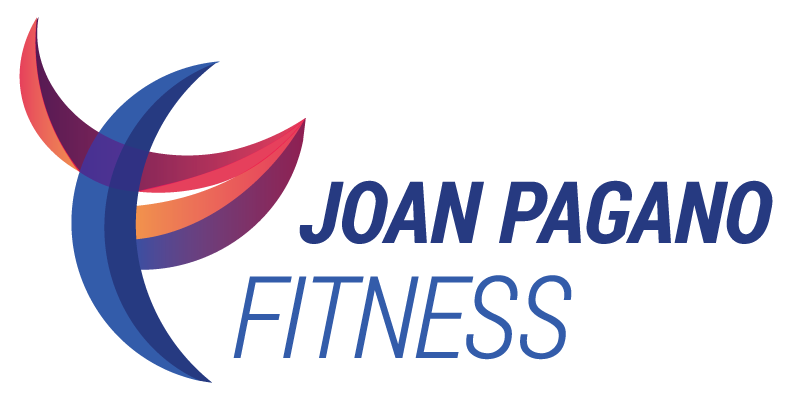Beat Belly Fat with Burst Training
Are you ready to “burst”? And no, we’re not talking about your belly, but a style of cardio training that will fire up your fat-burning metabolism to incinerate calories both during the exercise and for hours afterwards. If you are stuck in a metabolic rut or on a weight plateau, here’s a sure way to improve your results. Often referred to as high intensity interval training (HIIT), the burst and recovery cycle pairs high intensity upsurges of movement with low effort, active rest intervals. The benefits are huge, including a stronger heart, better lung function, improved muscular fitness, enhanced overall health and weight loss. The most popular version of HIIT, called Tabata, was researched and developed by Professor Izumi Tabata in 1996, initially used with Olympic speedskaters and performed on a stationary cycle.
Burst training can be applied to any cardio activity – walking, running, swimming, cycling, etc. – and one big advantage is that it saves time. You can reduce the amount of exercise and replace lengthy, steady pace workouts with burst and recovery cycles. Research consistently shows that interval training increases overall levels of fitness and burns more calories over a short period of time as compared to steady-state aerobic exercise (any form of cardio exercise paced at a continuous, steady rate).
If you are doing the same kind of steady pace cardio routine over and over, say walking or jogging for 30 minutes most days of the week, your body will stop improving because it has adapted to that level of exercise. It’s the law of diminishing returns: as your body adjusts to exercise, it tries hard to conserve rather than burn extra calories. Your body adapts to the stimulus, burns fewer calories and eventually stops changing. Burst training jolts your body out of complacency by stimulating all physiological systems, including fat-burning.
And here’s another huge advantage: Burst exercise sessions are shorter but the results are powerful because the body continues to burn calories as it works hard to restore itself to pre-exercise status. This “after-burn” is known as post-exercise oxygen consumption (EPOC). After high-intensity exercise or heavy resistance training, the body continues to require oxygen at an elevated rate. As your metabolism remains elevated, you burn more calories in the 24 hour period following your workout. The best part of HIIT is that most of the benefits occur during recovery!
How to create your own workout Starting at your individual level of intensity, create your own intervals and ratio of work to recovery periods. For example, for a ratio of 1:1 (work to recovery) break your 30-minute workout into five sequences, three minutes of moderate pace walking or jogging, followed by 3 minutes of higher intensity. Repeat this sequence five times, and then allow a few minutes for your cool-down. For a ratio of 1:2, do what I do: I measure my run by the lamp posts around the reservoir in Central Park. After I warm up at a steady pace for five minutes, I sprint from one lamp post to another, then recover for two lamp posts, and repeat 15 times. It’s a great workout!
In case you are concerned that vigorous exercise is unsafe or that you lack the stamina for it, recent studies show just the opposite. Research shows that high-intensity exercise may be even better than regular aerobic activities for many patients with conditions like heart disease, diabetes, stroke, COPD, arthritis and Parkinson’s disease. While more demanding, this style of training is more efficient and often more enjoyable, safe and more effective at preventing or reversing the deficits associated with many chronic ailments.
Remember, always get your doctor’s clearance for vigorous activity before beginning a high intensity exercise program. This column is not intended as medical advice.

